We have all experienced the passive feeling of being in an airport. Many anthropologists have in fact categorized these locations as “non-places,” devoid of identity. Once you step foot through the door of an airport, you give up your anonymity, offering your government-issued identification and surrendering to security searches. In a way, you temporarily lose your free will as you walk through the crowded and unfamiliar halls until you reach your departing gate. At airports, we are in a state of limbo, our spirit slowly catching up with us and our actions not guided by what may feel like the consequences of travel but instead, intricately orchestrated by airport designers. These designers think carefully about the journey that travelers make through an airport, from check-in to the security gate. They account for behavioral psychology, looking at the different stages people undergo when moving around airports, designing them to reassure passengers about travel stresses and subconscious fears, while at the same time profiting by enticing them with retail and restaurant opportunities. To accomplish both of these tasks, airport designers everywhere use subtle (and not so subtle) cues. One of the most obvious ones is a process called “wayfinding”: visual cues to efficiently guide passengers to their gates without them immediately realizing they’re being directed. This is achieved through variations in the colors and shapes of signs across terminals, changing carpet patterns, and the presence of large artworks that act as distinctive landmarks for orientation. If you ever get the gut feeling that you’re heading the wrong way while walking through an airport, it isn’t your omniscient gut feeling, but rather a subconscious response to these wayfinding cues.
Creating the illusion of free will is another important element that makes travelers feel more at ease. In an airport, passengers are essentially confined to a limited space. However, by providing various options, such as different types of seats near departure gates, airports create an illusion of autonomy, making passengers feel more comfortable. These seats then attempt to enhance this constructed feeling of ease. They are thus arranged to minimize individuals having to sit with their backs facing pathways, as this can be unsettling. Rooted in our evolutionary history, this discomfort originates from our ancestors’ preference for observing their surroundings safely.
The extent of this comfortable design is inconsistent at the security checkpoint, where airport designers are limited in what they can do. Especially after 9/11, airport security around the world has transformed into one of the most traumatic experiences of a traveler’s journey. As you try to get through scot-free — attempting to retrieve the computer from your bag, slipping off your shoes, remembering you were wearing socks with holes in them, trying to recall whether your jewelry is made of gold or metal or if you in fact have a metal leg you forgot about, gulping down the water you must have had in your bag since the trip you took last summer, and debating whether an assault rifle was secretly hiding in your small toiletry bag — the security looks at you like an unfinished meal and. Like a teacher telling the whole class “Don’t forget to reread your essays!” after you turn yours in during an exam, they scream, “Hurry it along!” So, you collect your rifle-free baggage from the scanners, and you head towards what is known in the airport design as the “composure zone.” This is a place where you sit and collect yourself, the ambiance here is carefully curated, with soft lighting that casts a warm glow on the surroundings. The design seamlessly blends tranquility with anticipation, as it presents a wide view of the shops, restaurants, and concession stands, ready to welcome you with open arms. Recent retail therapy studies have found that among 1,000 American adults surveyed, more than half (51.8 percent) shop and spend money to improve their moods. Knowing this, airport designers place visual clues in the form of bright and colorful shops right after security, where the relief and need to let go of stress, guides you into spending money. Duty Free shopping areas are always placed directly between the security checkpoint and the departure gate, forcing passengers to pass through them before getting on the plane. In many airports, a gate is not announced until 30 minutes before boarding, leaving the valuable customer in a state of time-filling shopping. Many terminal walkways often feature a rightward curve, mainly because the majority of people are right-handed, and they naturally tend to gaze in that direction. Consequently, shops are strategically positioned on the right-hand side, enabling passengers to subconsciously peruse the merchandise as they progress toward their departure gates.
As we navigate the controlled spaces of airports, we find ourselves immersed in a choreography of calculated comforts and subconscious cues. From the orchestrated tranquility of the “composure zone” to the placement of shops and Duty Free areas, every element is a deliberate design choice. Airports reveal themselves as more than mere waypoints; they are curated environments shaping our journey in ways both seen and unseen.
Other posts that may interest you:
- The Trouble with ‘Ecocide’
- Carbon dioxide removal – hit or miss?
- Local Victories for Turkish Opposition — A Sign of Hope?
- Are France and Japan a Mismatch Made in Heaven?
- A Reflection on Dark Tourism
Discover more from The Sundial Press
Subscribe to get the latest posts sent to your email.





